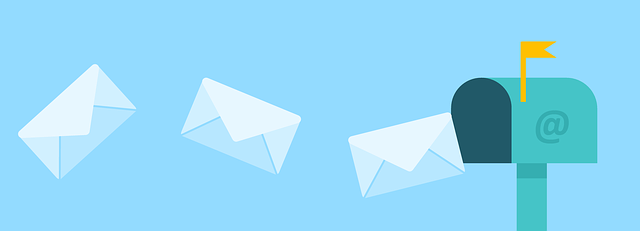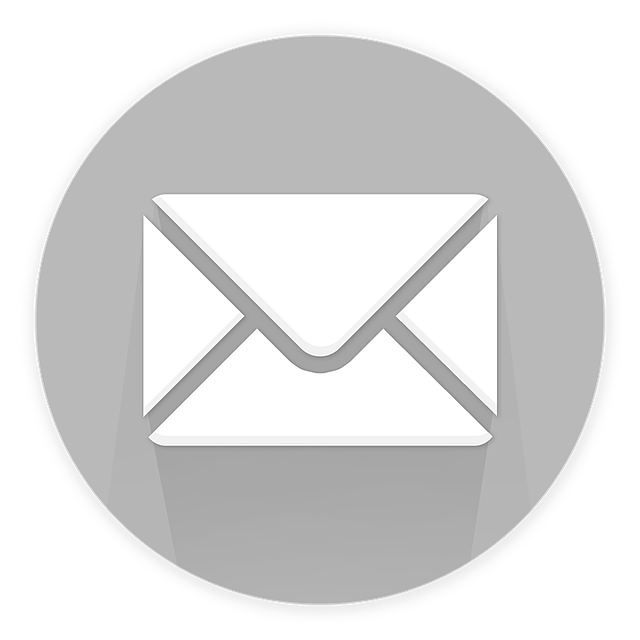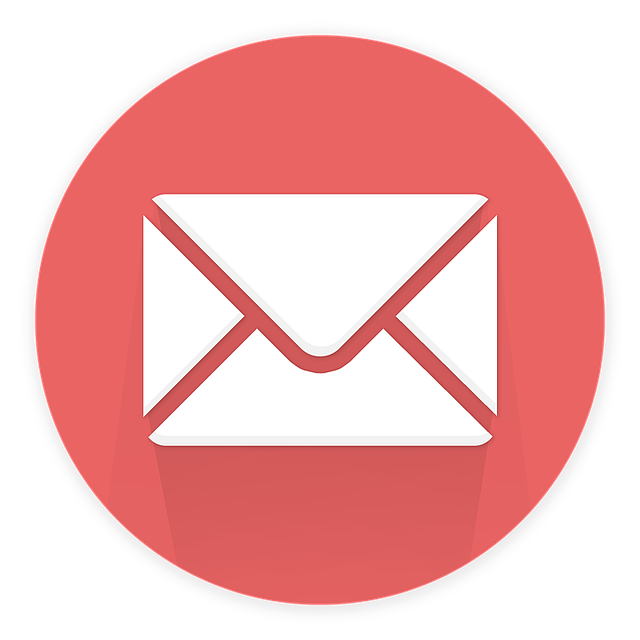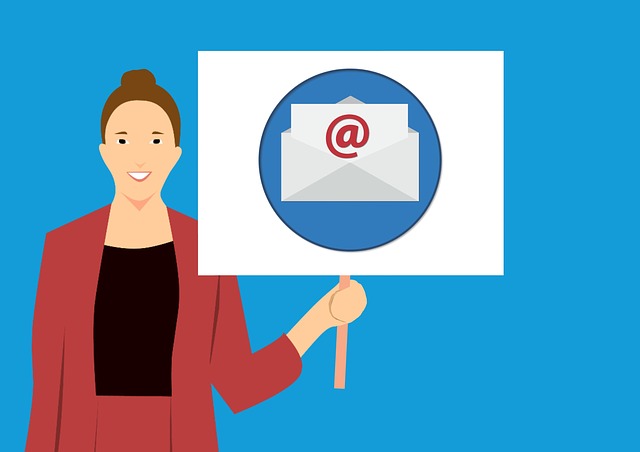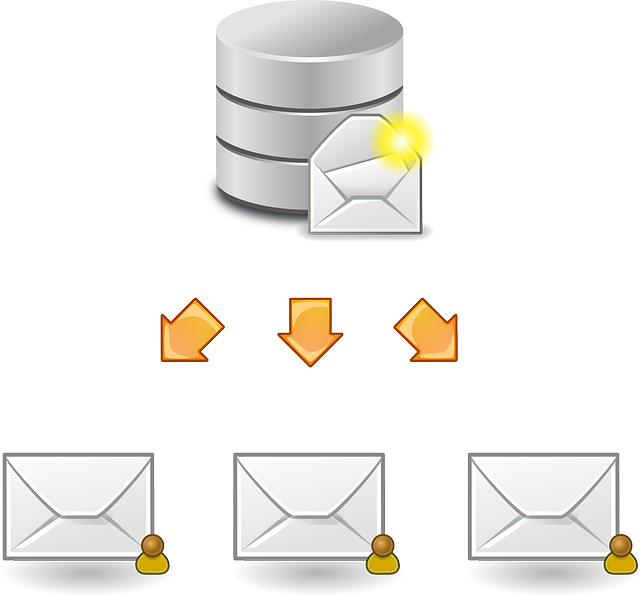Are you a nonprofit organization looking to boost your outreach and connect with your audience on a deeper level? Email marketing can be a powerful tool in achieving your goals.
Let’s take the example of ‘Bright Future Foundation,’ a nonprofit dedicated to empowering underprivileged youth. By implementing a strategic email marketing campaign, they were able to increase their donor base by 30% and raise significant funds for their programs.
In this step-by-step guide, we will show you how to set up and optimize your email marketing efforts to achieve similar results.
First, we will help you define your goals and target audience, ensuring that your messages are tailored to resonate with the right people.
Then, we will guide you in selecting the perfect email marketing platform that suits your needs.
From there, we’ll cover the process of building your email list and creating engaging content that inspires action.
Lastly, we’ll show you how to design and customize your email templates, track and analyze your campaigns, and make data-driven decisions for future success.
Get ready to take your nonprofit’s outreach to new heights with email marketing!
Key Takeaways
- Define goals and target audience to tailor messages and resonate with the right people.
- Choose an email marketing platform with automation capabilities, segmentation options, and analytics.
- Build a substantial and engaged email list by reaching out to current supporters and creating lead magnets.
- Track and analyze email campaigns to gauge effectiveness and make data-driven decisions.
Define Your Goals and Target Audience
Now that you’ve got your nonprofit’s mission in mind, let’s dive into defining your goals and target audience for a successful email marketing campaign.
Start by identifying key stakeholders who are most likely to support your cause and engage with your organization. These stakeholders can include donors, volunteers, and previous beneficiaries of your nonprofit’s services.
Once you have identified your key stakeholders, craft compelling messages that resonate with their interests and motivations. Highlight the impact your nonprofit has made and how their support can make a difference. Use persuasive language that inspires action and encourages them to get involved.
As you move forward, keep in mind that your messages should be tailored to your target audience and their specific needs. By doing so, you will be able to effectively communicate your mission and inspire action.
Now, let’s move on to the next section and choose an email marketing platform.
Choose an Email Marketing Platform
First, you need to select an email marketing platform that will blow your mind with its features and make your nonprofit’s email campaigns unstoppable. With the ever-evolving email marketing trends, it’s crucial to stay up-to-date and choose a platform that embraces the latest advancements.
Here are three reasons why selecting the right email marketing platform is essential:
-
Automation capabilities: Look for a platform that offers automation features, such as drip campaigns and personalized workflows. This will save you time and allow you to engage with your target audience effectively.
-
Segmentation options: A good email marketing platform should provide robust segmentation tools. By segmenting your email list based on factors like interests or donation history, you can deliver highly targeted and relevant content to your supporters.
-
Analytics and reporting: Ensure that the platform you choose provides comprehensive analytics and reporting. This will enable you to measure the success of your campaigns, identify trends, and make data-driven decisions.
By selecting the right email marketing platform, you’ll be well-equipped to build your email list and reach your nonprofit’s goals effectively.
Build Your Email List
In order to maximize your nonprofit’s email campaign effectiveness, it’s crucial to focus on constructing a substantial and engaged email list. Building a strong email list is the foundation of a successful email marketing strategy.
Start by reaching out to your current supporters and encouraging them to sign up for your newsletter or updates. You can also create compelling lead magnets, such as free downloadable resources or exclusive content, to attract new subscribers.
To increase open rates and ensure your emails are relevant, consider segmenting your contacts based on their interests, demographics, or engagement level. This allows you to send targeted and personalized messages that resonate with your audience.
By growing a quality email list and tailoring your content, you can create meaningful connections with your supporters and drive your nonprofit’s mission forward.
Now let’s move on to creating engaging and relevant content for your email campaigns.
Create Engaging and Relevant Content
To create engaging and relevant content for your email campaigns, focus on understanding your audience’s interests, crafting compelling stories, and delivering valuable information that resonates with them. Here are five key strategies to help you achieve this:
-
Developing effective subject lines: Grab your audience’s attention right from the start by creating subject lines that are intriguing and pique their curiosity.
-
Writing compelling calls to action: Encourage your readers to take action by using persuasive language and clear instructions in your emails.
-
Personalizing your content: Tailor your messages to your audience by using their names, segmenting your lists, and addressing their specific needs and interests.
-
Adding visuals and multimedia: Incorporate eye-catching images, videos, and infographics to make your emails visually appealing and engaging.
-
Testing and analyzing your content: Continuously evaluate the performance of your emails by tracking metrics such as open rates, click-through rates, and conversions. Use this data to refine your content and improve your future campaigns.
Now, let’s move on to the next section about designing and customizing your email templates.
Design and Customize Your Email Templates
Take your email campaigns to the next level by designing and customizing eye-catching templates that will captivate your audience and leave a lasting impression. Email template design plays a crucial role in grabbing attention and conveying your nonprofit’s message effectively. By customizing your templates, you can align them with your branding and make them more visually appealing.
To ensure your emails stand out, consider incorporating a 2-column and 5-row table to engage your audience. This format allows you to present information in a structured and organized way. Use one column for text and the other for visuals, such as images or infographics. This will make your emails visually appealing and easy to read. Additionally, customize the colors, fonts, and layout to match your organization’s branding.
Once you have designed and customized your email templates, it’s time to track and analyze your email campaigns. This will help you gauge their effectiveness, identify areas for improvement, and make data-driven decisions for future campaigns.
Track and Analyze Your Email Campaigns
Maximize the impact of your email campaigns by closely monitoring and evaluating their performance. Email analytics provide valuable insights into the effectiveness of your campaigns, allowing you to make data-driven decisions to improve future email marketing efforts.
By tracking key metrics such as open rates, click-through rates, and conversion rates, you can gain a clearer understanding of how your audience engages with your emails.
Here are four reasons why tracking and analyzing your email campaigns is essential:
- Identify top-performing campaigns and replicate their success.
- Understand your audience better through segmentation and personalization.
- Optimize email content and design based on recipient behavior.
- Measure the success of your fundraising or awareness campaigns.
By regularly analyzing your email campaigns, you can refine your strategies and achieve better results, ultimately helping your nonprofit organization reach its goals more effectively.
Frequently Asked Questions
What are some effective strategies for growing an email list for a nonprofit organization?
To grow your nonprofit organization’s email list effectively, think outside the box. Offer creative incentives that capture people’s attention and inspire them to join.
Think of collaboration opportunities with other organizations that share your mission, as partnering can help expand your reach. By implementing these strategies, you’ll not only increase your email list but also foster a sense of community and engagement among your supporters.
Start building your list today and watch your nonprofit thrive.
How can nonprofits ensure that their email content is accessible to all recipients, including those with disabilities?
To ensure accessibility and ADA compliance in your nonprofit’s email content, there are a few key steps you can take.
First, use clear and concise language, avoiding jargon or complex terms.
Second, include alternative text for images, making sure visually impaired recipients can understand the content.
Third, provide a plain text version of your email for those who use screen readers.
By implementing these strategies, you can ensure that all recipients, including those with disabilities, can fully engage with your email content.
Are there any specific legal requirements or regulations that nonprofits need to be aware of when conducting email marketing campaigns?
To ensure compliance with legal requirements, nonprofits conducting email marketing campaigns must be aware of the CAN-SPAM Act and data protection regulations. It’s crucial to obtain explicit email consent from recipients and provide a clear opt-out option in every email.
Nonprofits should also have privacy policies in place to inform recipients about how their data will be used and protected. Adhering to these regulations will help build trust with recipients and maintain a positive reputation.
How can nonprofits effectively segment their email list to deliver more targeted and personalized content to different groups of supporters?
To truly captivate your supporters, personalization is key in nonprofit email marketing. Don’t just treat them like random recipients; tailor your content to their specific interests and needs.
By segmenting your email list effectively, you can effortlessly deliver targeted messages that resonate. Take advantage of powerful tools and software, like Mailchimp or Constant Contact, to simplify the process.
With the ability to categorize supporters based on demographics, engagement levels, or donation history, you can create compelling campaigns that inspire action.
What are some best practices for optimizing email deliverability and avoiding spam filters for nonprofit email campaigns?
To optimize email deliverability and avoid spam filters for your nonprofit email campaigns, employ effective email deliverability strategies and spam filter avoidance techniques.
Implement authentication protocols like SPF, DKIM, and DMARC to increase your credibility and improve deliverability rates.
Regularly clean your email list, removing inactive or unengaged subscribers.
Craft engaging and relevant content that avoids spam trigger words and excessive use of images.
Monitor your email metrics and adjust your campaigns accordingly to maintain a good sender reputation.
Conclusion
Congratulations! You now have all the tools you need to take your nonprofit’s email marketing to the next level. By defining your goals and target audience, choosing the right email marketing platform, building a strong email list, creating engaging content, and designing customized templates, you’re well on your way to success.
But remember, it doesn’t end there. Continuously track and analyze your email campaigns to optimize your efforts. Did you know that nonprofit emails have an average open rate of 25.17%? With these strategies in place, you can captivate your audience and make a lasting impact.
Start implementing them today and watch your nonprofit thrive!


